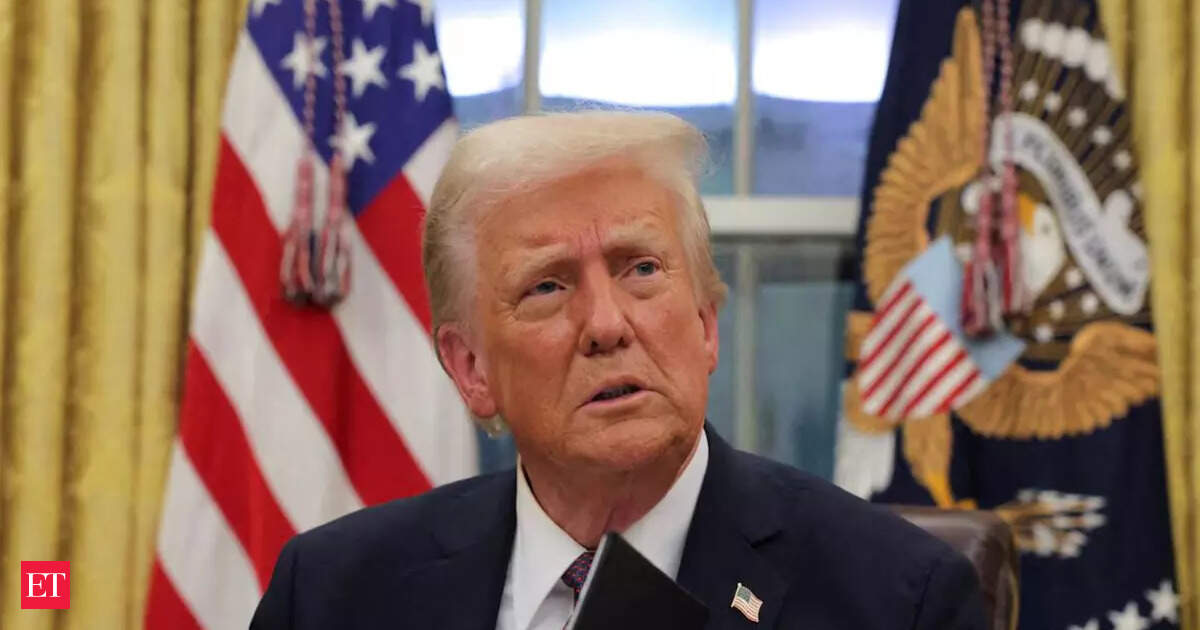Now Reading: Rupee Gains Against Dollar Amid Losses to Euro, Pound
-
01
Rupee Gains Against Dollar Amid Losses to Euro, Pound
Rupee Gains Against Dollar Amid Losses to Euro, Pound

Quick Summary
- The Indian rupee has shown modest gains against the US dollar but weakened considerably against non-dollar currencies, notably the euro and pound.
- Exporters may benefit from the weaker rupee if they are not excessively hedged, while inward remittance recipients in euros or pounds stand to gain.
- Forex consultant KN Dey linked the trends to geopolitical uncertainty under trump-era policies and suggested expensive implications for travel and education in europe due to currency shifts.
- The dollar index (DXY) fell sharply from 110.17 to below 98, boosting non-dollar currencies like the euro (1.15) and improving India’s forex reserves.
- de-dollarisation appears unlikely according to experts; while diversification into gold exists, global trade remains heavily reliant on USD-based transactions despite recent geopolitical shifts.
- Harsh Madhusudan Gupta outlined how tariffs imposed by the US coudl result in durable inflation domestically, perhaps weakening real rates and further softening the dollar.
Indian Opinion Analysis
the rupee’s varied performance across global currencies presents both opportunities and challenges for India. While exporters benefiting from a weaker rupee against non-dollar currencies may boost foreign exchange inflow temporarily, there is concern over increased costs associated with imports, overseas education, and travel-raising questions about long-term economic resilience.
The slide in USD dominance reflects shifting geopolitical realities but does not yet herald systemic de-dollarisation. Experts emphasize that reliance on USD continues due to its institutional hold over international trade settlements and reserves systems like SWIFT. India might find itself recalibrating policies if prolonged volatility persists across currency markets.
India’s financial stability could hinge on effectively balancing export competitiveness with mitigating adverse effects of a steep decline against European counterparts like the euro or pound. policymakers should remain vigilant for knock-on effects stemming from evolving global monetary trends.



























